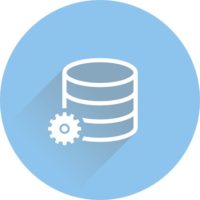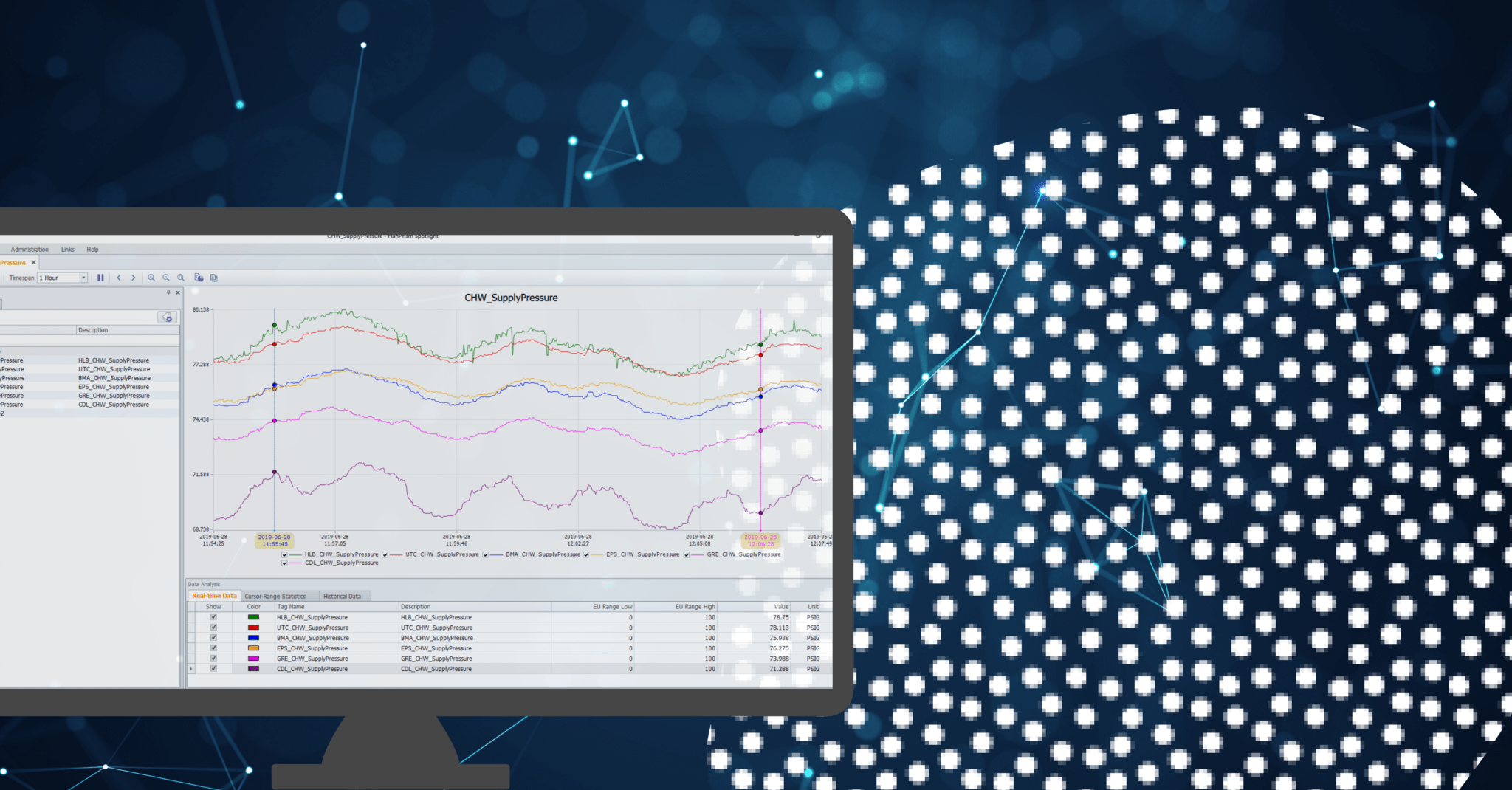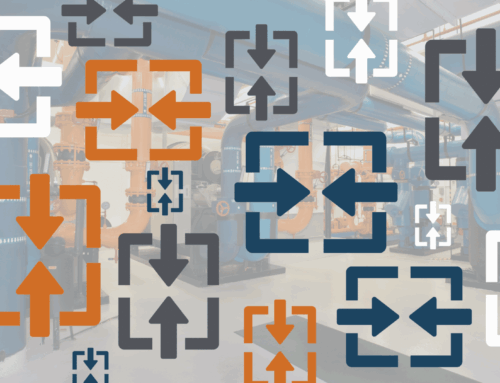So, you’ve decided to implement a new data management solution! Great! You know that a centralized data historian solution will let you and other members have real-time insight into your plant and equipment. It will save you time in creating reports and in analyzing data. And you won’t have to wait around for your data, letting you focus on operations and improvement.
You can already picture what your life will be like with the new data historian, but how do you get there? Unfortunately, you can’t just snap your fingers and have a data management solution fully implemented and installed on site. But with a little planning, preparation, and selecting the right data historian partner, you can simplify implementation and get to your new reality as soon as possible.
We’ve implemented data historian solutions for organizations around the globe with different structures, limitations, and challenges. Though each implementation is unique, there are some best practices you can follow to streamline implementation. Equally important is the data historian solution provider you select. Their goal should be to make your life easier, not vice versa. Don’t be afraid to ask during the selection process to speak to the people or group that will manage your implementation process.
Here are the best practices HanAra uses to guide data historian implementation.
Historian Implementation from Your Side
Historian Stakeholders
Our first recommendation for an easy implementation is to include stakeholders from the various departments in the discussion before you even get to implementation. Like any software implementation, there are numerous stakeholders throughout your organization, from procurement to management and from IT to operations. For example, does your security team have requirements that should be included in the RFP? Or does procurement need to start the process to get the necessary servers ready for a data management implementation months in advance? By including stakeholders in the process early and often, you give yourself more time to deal with those unforeseen setbacks.
Structure Review
With the addition of a new tool like a data historian, you’re given the opportunity to improve the existing structure. This doesn’t necessarily have to slow down the process but consider ways to improve your existing structure during implementation. For example, is it time to update your sensor/tag naming convention? Or maybe standardize on a specific communication protocol like OPC? Implementation of a new historian is a great time to do this, but don’t worry, you can always go back at a later date and make modifications. Your data historian should be flexible in its ability to change things post implementation like tag names.
Post Implementation
Also, start planning for post-implementation. This will include the actual roll out of the historian to the users and how to get them up and running with the new system. Historians are meant to be easy-to-use, but it may take time for users to become comfortable with the new solution. The best way to make this transition easier is to get users excited about the new solution. You’ll of course work with your historian provider to set up training but consider having additional meetings about how this technology will help your organization reach its goals and continue on its digital transformation journey. Someone who is excited about something new is much more open to learning!
Implementation Checklist
Finally, here are some items you’ll want to consider and prepare for the implementation of a data historian solution.
- Number of tags and communication protocol
- Tag list including tag name, description, unit, EU high/low, address
- List of users and departments
- Calculated tags
- Hardware and additional software needed
- HMI process graphics
- User authentication: LDAP, historian certification, etc.
- Organization security requirements
Historian Implementation from the Provider Side
What does it look like on the data management provider side? First and foremost, the goal of your software vendor should be to make your life easier, not more difficult. Based on your provider’s experience, they should be able to give you an estimate on how long implementation will take. Unfortunately, the schedule and timetable is highly dependent on you and when you’re able to get the data historian provider the needed information. For example, without a tag list, we can’t create the database and have to wait until one is provided by you.
Historian Implementation Process
In general, the implementation engineers will follow the below schedule:
- Acquisition of information
- Data analysis
- Database building
- Site installation and communication interface
- Site acceptance testing and training
During the acquisition of information stage, engineers will provide you hardware and software requirements including the technical specifications. They will also assist you in determining the network configuration and interface communication method, security requirements, and site acceptance test requirements.

Finally, during site installation and site acceptance, the engineers will install the historian on the server and verify all communications are working. So make sure you receive an implementation report from your solution provider on anomalous data including bad quality, stagnant, and curious data.
Throughout the entire process, the solution provider should provide status updates as well as clear guidelines of what they need to successfully implement the solution. And as always, feel free to ask. Implementation is not a black box.
Data Historian Implementation Journey
The best part of a data historian implementation journey is what comes after. You’ll now have a tool that helps you optimize operations and collaborate more effectively around the historical and current operation of your equipment and plants. In addition, you’ll have a partner in your historian provider. They will help your company leverage data-informed decision-making and continue on your digitalization journey.
Want to Learn More?
Check back in the next few weeks to see our checklist for district energy organizations. We’ll also have best practices for predictive maintenance solution implementations! To learn more about how our customers improve their decision-making process with our data historian HanPrism, follow our LinkedIn page and reach out!








